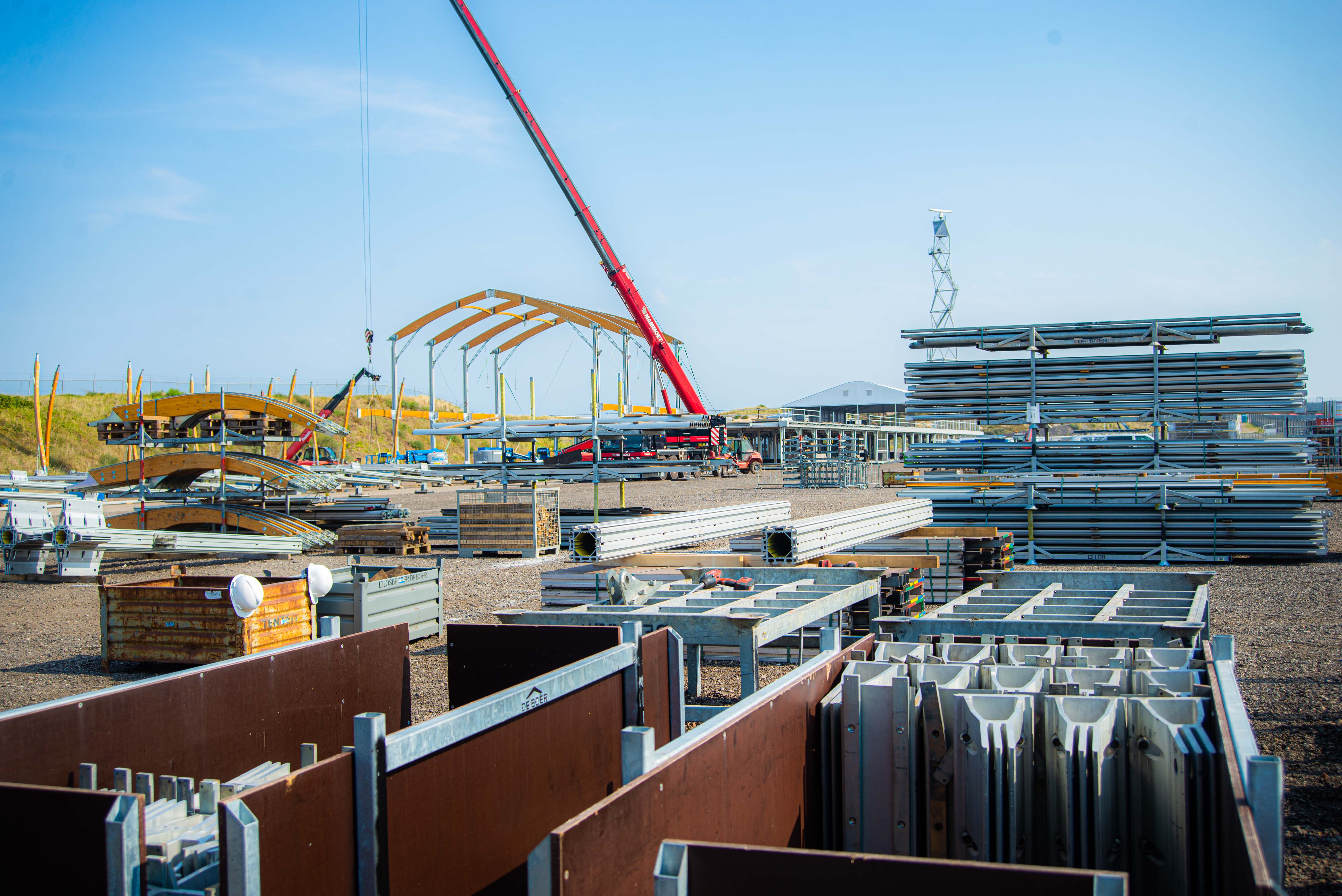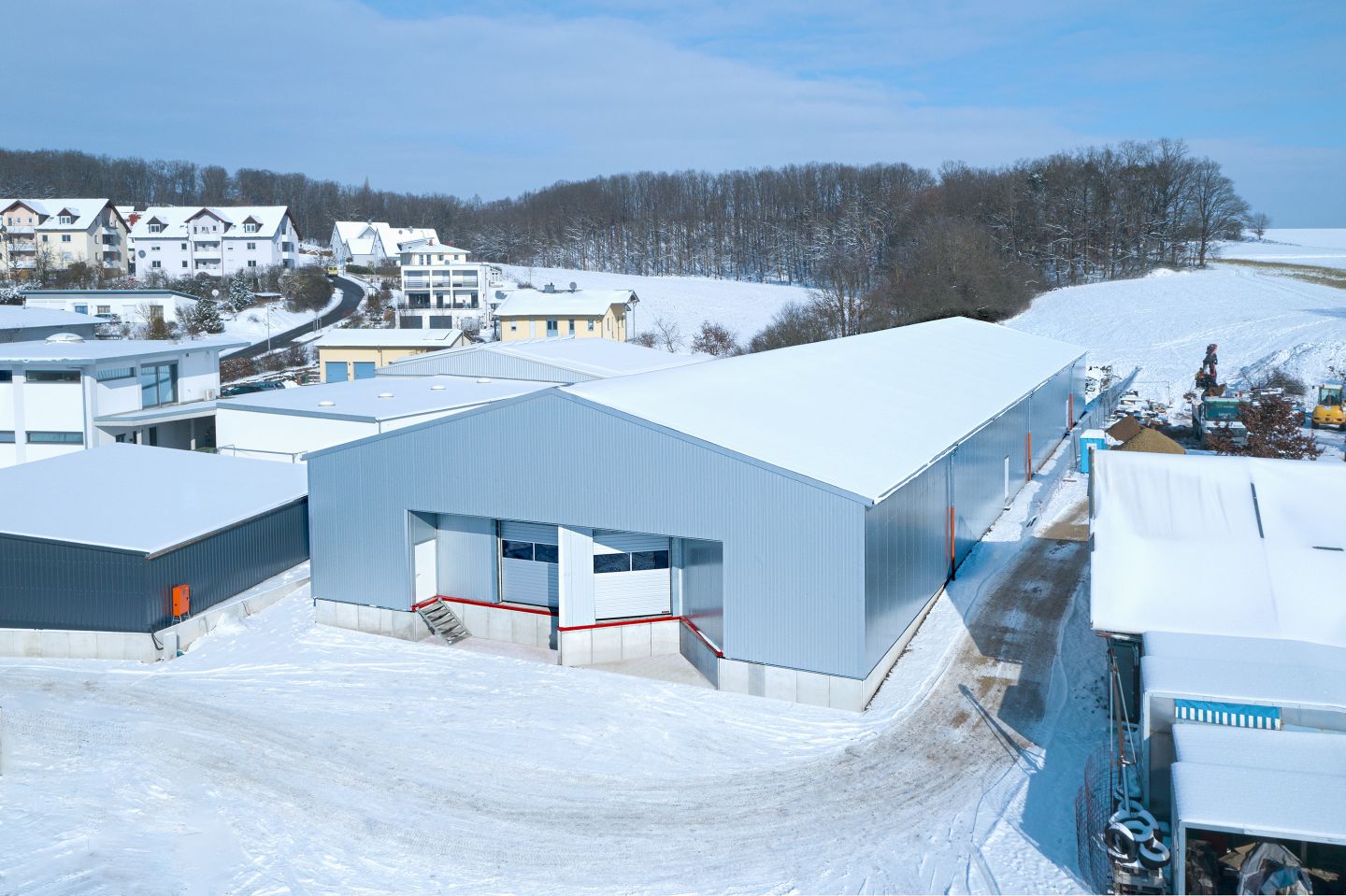An introduction to modular construction
Modular construction is an innovative construction method that uses pre-fabricated parts to build structures. It is a fast and flexible alternative to traditional construction and has been on the rise for several years now.
The concept of modular construction was first introduced by Losberger De Boer in the early 1980s, who developed modular building systems based on an aluminum or steel frame. This innovation allowed for endless combinations of prefabricated parts to create entire buildings that were fully flexible in terms of size, strength, layout, and design.

How does modular construction work?
Modular construction works by using a set number of parts and components, along with several variations, to create a structure, or building. By adding more parts, the structure can be made longer, wider, or higher. This construction system allows for the exterior design and functional layout to be changed as well. Losberger De Boer, for instance, has a lot of different roof types, wall panels, doors, and windows available, giving a wide array of options to deliver the best possible space solution.
Weeks instead of months
One of the biggest advantages of modular construction is the speed in which a structure can be built. A modular building can be constructed in a matter of weeks, even days in some cases. Losberger De Boer has an extensive track record of delivering storage halls, warehouses, showrooms and even entire school buildings within two weeks.
Modular buildings are also strong and durable. Depending on your needs, the can be delivered with the ability to withstand wind resistance of up to 30 m/s and snow loads of up to 350 kg/m2. They are what we call semi-permanent, meaning they can be used for decades, and, with proper maintenance, even indefinitely! Moreover, they can be relocated or scaled up and down as needed, all thanks to the use of modular components, further expanding its functional lifespan. Losberger De Boer buildings have a lifespan of up to 30 years and are currently in permanent use as warehouses, terminals, and supermarkets around the world.

Prefab? Yes. Standard? No.
Another advantage of modular construction is the amount of customization it allows. Buildings can be adapted to change their function or purpose and remain scalable and relocatable after installation. This means that a company or community's demands can be met, as the building can grow or shrink along with that demand. Additionally, the option to build a facility on a temporary location and relocate it later adds to the flexibility modular construction offers.
Modular buildings offer the same level of comfort as traditional buildings. They can be equipped with all the necessary amenities, such as heating and cooling systems, and can be designed to match specific requirements.
In conclusion, modular construction offers several benefits to businesses and institutions. From the speed of construction to the ability to customize and adapt buildings, modular construction can help optimize processes and contribute to the success of a company. With the option to expand, relocate, and adapt to changing demands, modular construction is a flexible solution that can last for decades.
